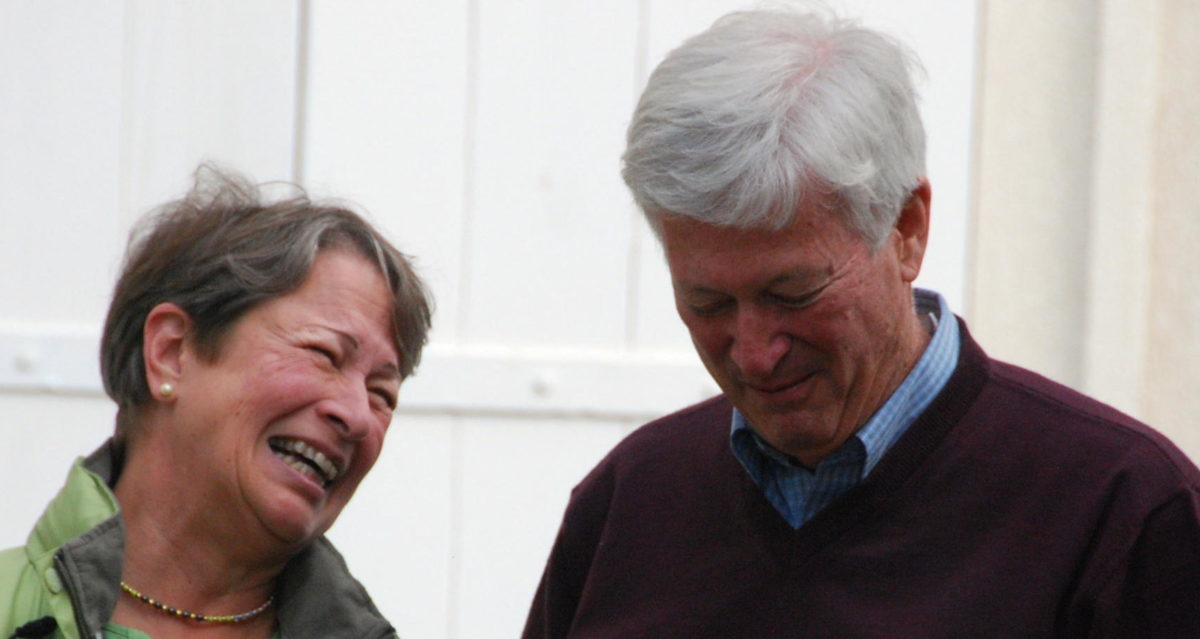We chose Colmar as our next long stay several years ago when we visited in the late Fall, and the Christmas decorations were just beginning to come out. (We’re here for 3 weeks – from mid-December until January 3.) It seemed then like a perfect place to spend the holidays, and it has definitely been that! The feel of the place is certainly French but with a lot of German influence. The half-timbered houses with their pastel stucco make for a charming city that, at least for Christmas, is largely pedestrianized.






We found a great Airbnb that has the biggest kitchen so far, and a garage(!) which is essential during the time of the Christmas markets when the town is packed with tourists. Our host even left us a Christmas tree!



The Christmas Markets are the draw this time of year and Colmar is certainly decked out for the holidays. Our apartment is within 100 yards of one of the five markets in Colmar. The weather was very cold at first but has gotten progressively warmer with Christmas in the 50s! Lots of looking but, sadly, no buying…no room in the suitcases for ornaments.






Alsatian cuisine bears a strong German influence. Lots of sauerkraut, potatoes, smoked meats, sausages and onions with names like Choucroute Garni, Baeckeoffe and Roesti. We’ve also enjoyed Tartes Flambée, which is essentially a very thin crust white pizza with (you guessed it!) sausages, onions, lardons (bacon to us).

Our Christmas dinner (at home) was Poulet aux Riesling (Coq aux Vin made with Riesling instead of Burgundy). Kathy did a fine job of recreating a local specialty.
There are also lots of sweets available to tempt Rick’s sweet tooth…things like nougat (Kathy likes this, too), gaufré (waffle), crepes, and even churros!



Berawecka is an Alsatian fruit cake that is good by itself or as a ‘cracker’ for foie gras. and Kugelhopf is a lighter cake with some fruits in it that is fabulous with ice cream! Kathy’s favorite treat is Vin Chaude Rouge …think piping hot Sangria …great to warm your insides on a cold day.

We’ve visiting many of the surrounding towns – Ribeauvillé, Riquewihr, Kaysersberg, Éguisheim, Niedermorschwihr, Hunawihr – all charming and many with their own Christmas Markets.


We were also able to get in a few tastings (Dopff & Irion and Albert Boxler) and a wonderful winery tour at Hugel in Riquewihr. We’ve been enjoying the local Reislings and Pinot Blancs, and the Crémant d’Alsace (sparkling) is delicious!


We took the train into Strasbourg one very cold day after their Christmas markets had closed. Used the tram and buses to get around – plus our feet, of course. It, too, is a charming town with lots of history. We weren’t able to visit the Alsace Museum, unfortunately…closed on Tuesdays… but did see the impressive Cathédrale de Notre Dame with its amazing Astrological Clock, and the delightful area called La Petite France that encompasses three canals and many bridges.



One final trip out was to a marvelous castle – Château du Haut- Koenigsbourg – 2500 feet up on a ridge of the Vosges Mountains. Once parked, we walked up to the castle that looks like a fortress from the outside but like an Alsatian village on the inside. It was started in the 12th century, rebuilt in the 15th century, and completely renovated 100 years ago. The painted ceilings and stone work are impressive.


Every room in the living quarters contains a ceramic stove for heating. (They were not on that day!) Each is more beautiful than the last. And in the garden was the most unusual Christmas tree we’ve seen so far…composed if moss, pinecones and other garden debris mounted around the trunk of a large deciduous tree.


We’ll be heading south soon and are hoping for some warmer weather.




























































 I
I













































































































